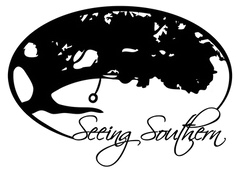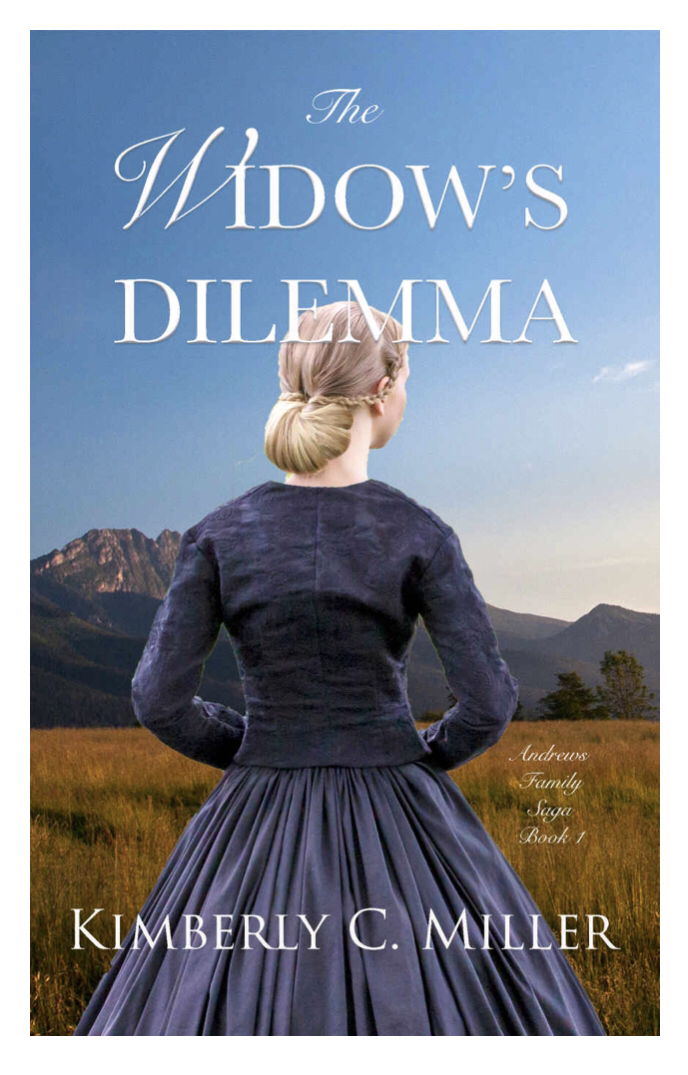|
Sam Burnham, Curator
@C_SamBurnham i want to describe a community. This is an actual community, not some group of same people with a similar characteristic they identify with. This is the real definition of the term - a real physical place. Think of the characteristics I mention. The majority of the people in this community live in poverty. There is a substantial percentage of the population who struggle with drugs and overdoses are common. By the time emergency services arrive to ass=ist with this or any other medical problem, it is often too late. Even if public safety personnel are close by and able to arrive in a timely manner, there is often no good medical help available and when there is, the residents can't afford the bills. Children grow up and have little to hope for. The economy in this community doesn't produce any jobs to speak of so a decent paying job means a long inconvenient commute. The best hope for the kids would be to get a good education and then get out. The problem with that is the schools are underfunded and have trouble attracting good teachers. What teachers they do attract are strapped for resources and technology is virtually non-existent. To top it off, there is not much access to healthy food and when there is, the residents can't afford it. The kids are set up for disaster before they even get started and that continues the same vicious cycle for yet another generation. There is just no hope for the people who live there. Now, answer me this. Am I describing a small ghost town in South Georgia or a neighborhood on Atlanta's West Side? Are the majority of these residents white or black? From the description I've given here, there is no way to know. I have not given enough information to make an educated guess. The description is just a few of the similarities that have come to mind as I've been considering the differences in urban and rural life. It turns out that people in the impoverished areas of the inner city and rural towns have a lot more in common than either is able to understand. That is largely because the only real difference between these two areas is the skin color of the inhabitants. And if you are dealing with rural areas in the Black Belt region, you may not even have that distinction. We've seen these two groups manipulated by the politically powerful. On one side you have a group convincing the rural people that the inner city people are getting all these government handouts while doing nothing to help themselves out of their situation. The inner city folks are being drawn into the persistent myth of "White Privilege" and as sitting on Easy Street because of their skin color. All along, neither group is doing any better than the other is. Neither group has any realistic hope of changing their situation. And the politically and economically powerful from both of these races really couldn't care any less about either group...except at election time. At present, I'm not entirely sure what to do with this epiphany. I mostly thought it was worth pointing out. Somehow these tow types of communities have to realize how much common ground they stand on together. There is enough common ground to build some cooperation on. The trick is where to start.
0 Comments
Leave a Reply. |
Sam B.Historian, self-proclaimed gentleman, agrarian-at-heart, & curator extraordinaire Social MediaCategories
All
Archives
November 2022
|




 RSS Feed
RSS Feed
